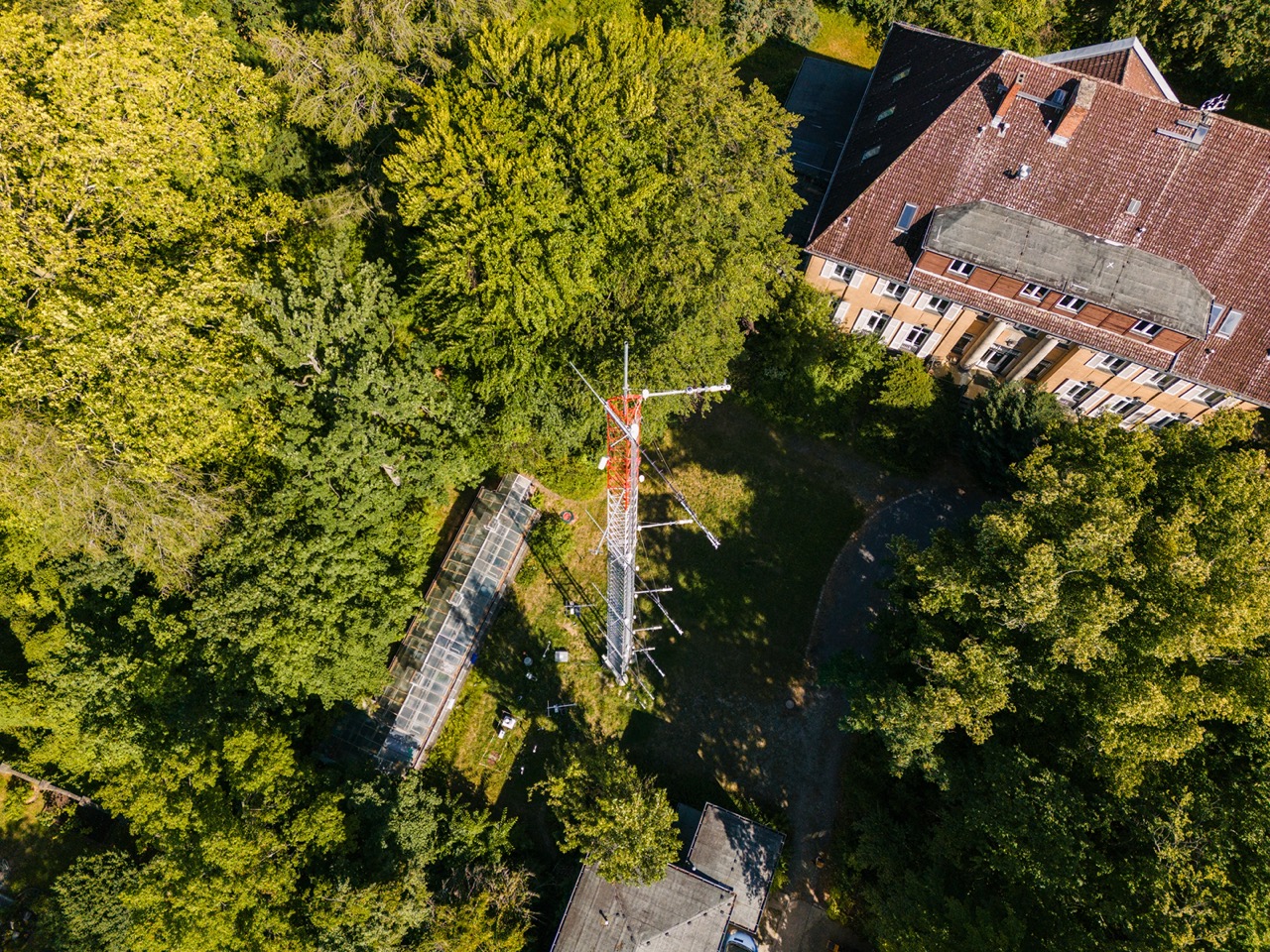
“Secret garden.” That is the first word that comes to mind as we step into the gates of the Berlin Rothenburgstrasse ICOS Ecosystem station in the lush green neighbourhood of Steglitz in Berlin, Germany.
It's the middle of summer, and the greenery sprawls in every direction, and you can almost feel the trees themselves breathing the city air. Situated a mere 6 kilometres from the famous avenue of Kurfürstendamm of the western city centre, the Rothenburgstrasse station appears calm. Behind its unassuming facade, however, greenhouse gas measurements are running around the clock, all year round.
Dr Fred Meier, Principal Investigator of the station takes us on a tour of the station, which is part of the Urban Climate Observatory (UCO) Berlin and operated by the Chair of Climatology at the Institute of Ecology at the Technische Universität Berlin. In the middle of the garden, reaching above the trees, stands a 40-meter eddy covariance tower, providing profiles of carbon dioxide fluxes and concentrations as well as profiles of air temperature, humidity and other variables.
The measurement tower was set up in 2018 and the station joined the ICOS network a few years later in 2022. It is one of the five urban measurement stations in the ICOS network of around 180 stations. The station is well suited for greenhouse gas measurements in the city.
“We have instruments for observing the whole atmosphere above the city”, Fred explains, as we look up to see the top of the tower. “We measure at different heights, i.e. at 2, 10, 20, 30 and 40 meters. The height of the measurement is very important – we have to be at least two or three times above the canopy or any buildings so that no obstacles are obscuring the data. In addition to the tower measurements, the station is supplemented with ground-based remote sensing instruments for observing the urban boundary layer.”
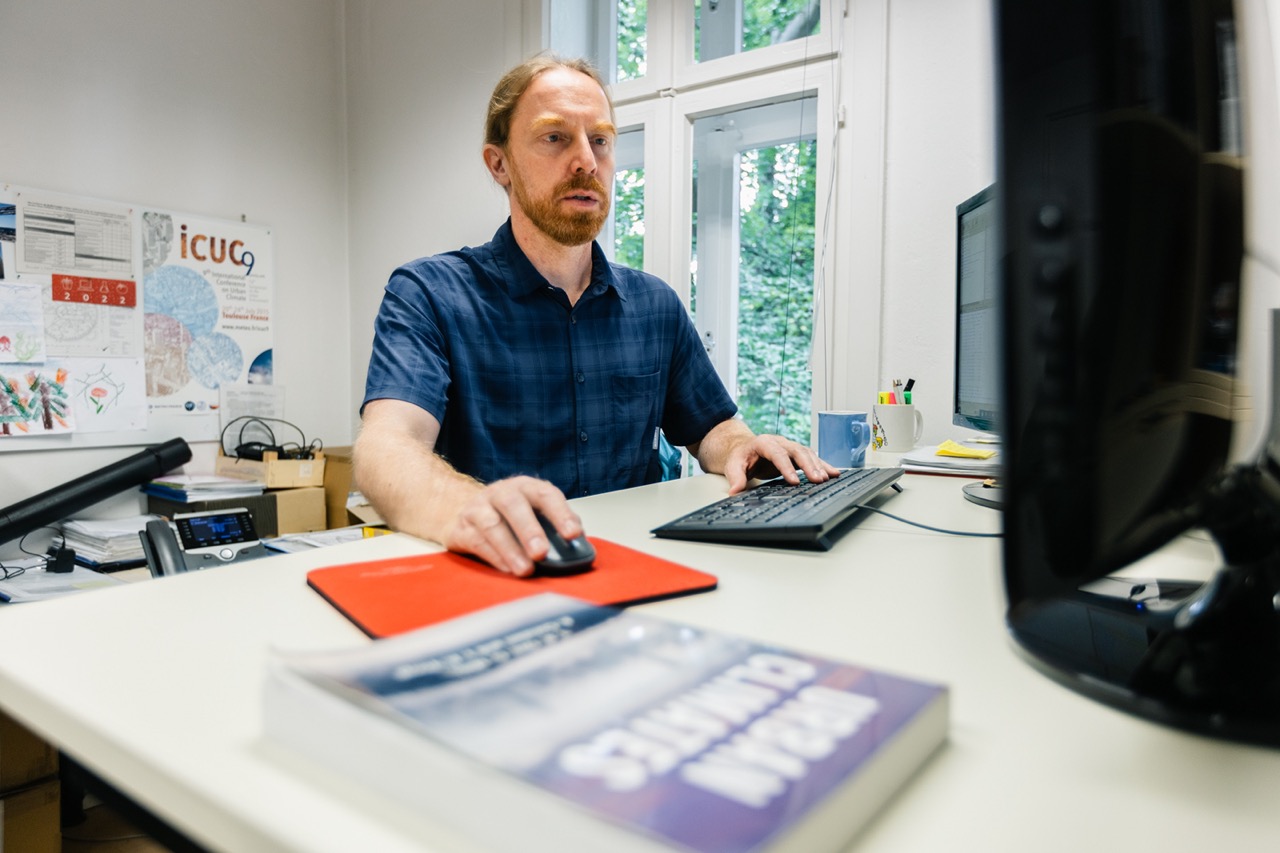
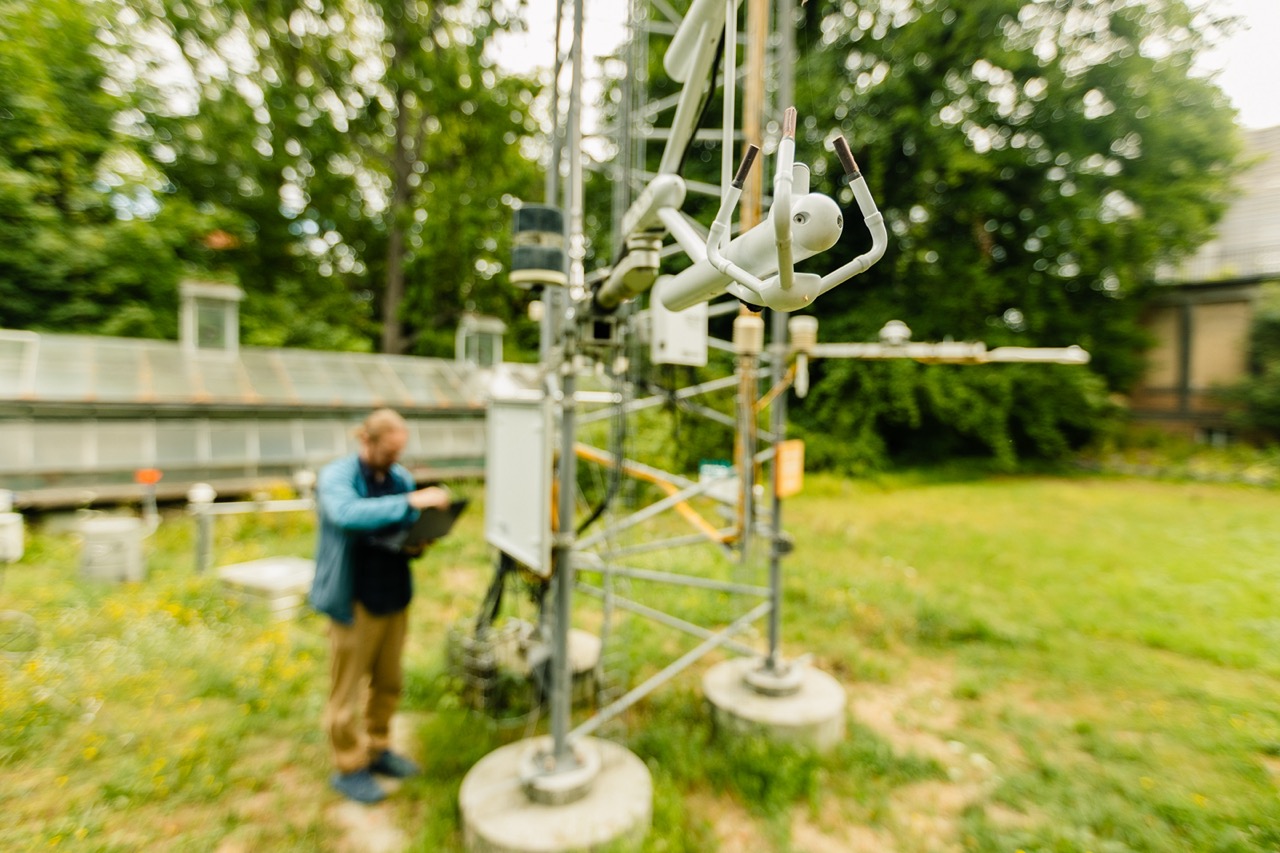
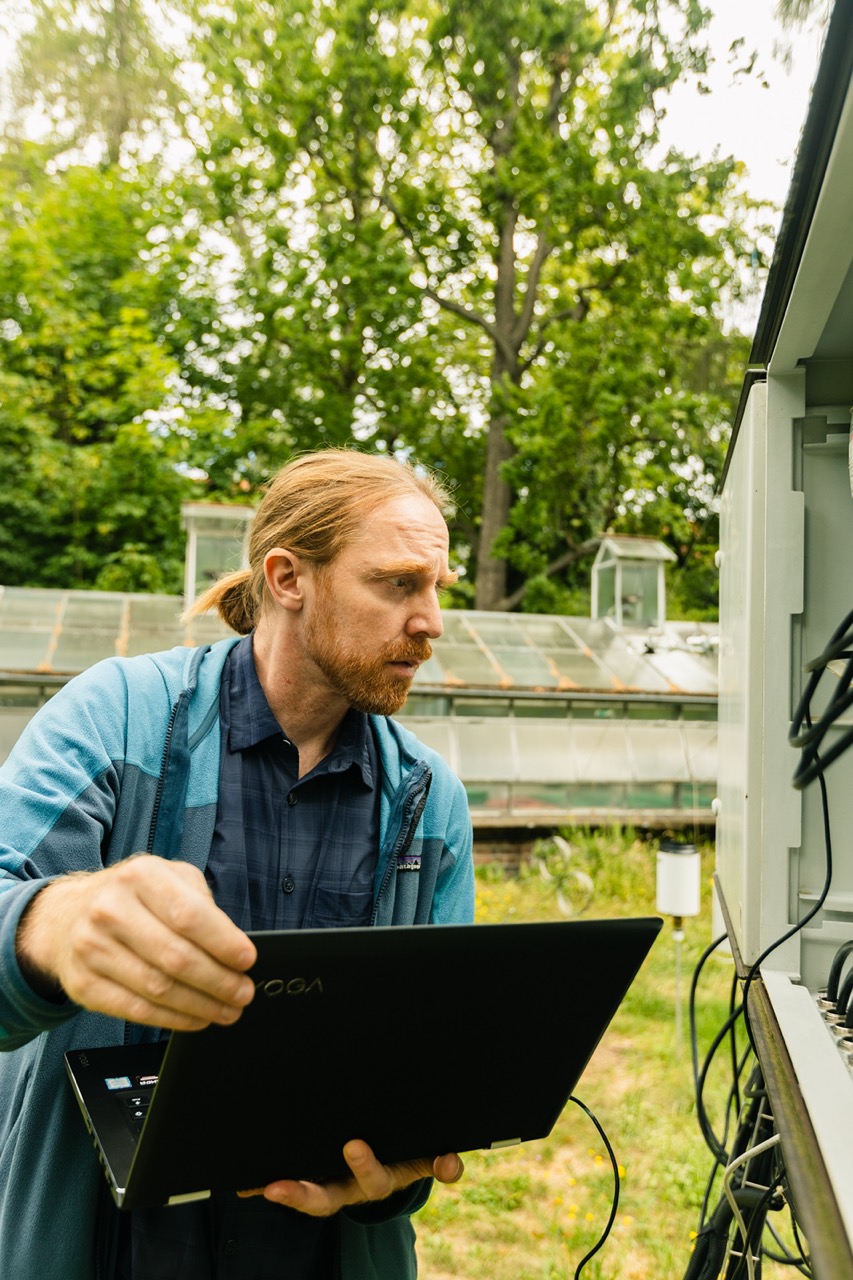
Urban greenhouse gas measurements can be complex to
The station is located in a green part of the city, which is typical for Berlin. The surrounding environment is a vibrant mix of green spaces, residential areas, streets, and larger roads like the nearby highway, which plays a significant role in emissions. The mixture of natural and human-made environments makes the Berlin Rothenburgstrasse a good location for urban greenhouse gas measurements.
“Measuring greenhouse gas emissions in cities is not necessarily that different from rural environments, but it's much more challenging to make sense of the data because of all these different influencing factors”, says Achim Holtman, a research technician who takes care of data transfers and usability. “The mix of the environments is in a sense a challenge, but on the other hand it gives us a chance to explore the emission characteristics of the different environments.”
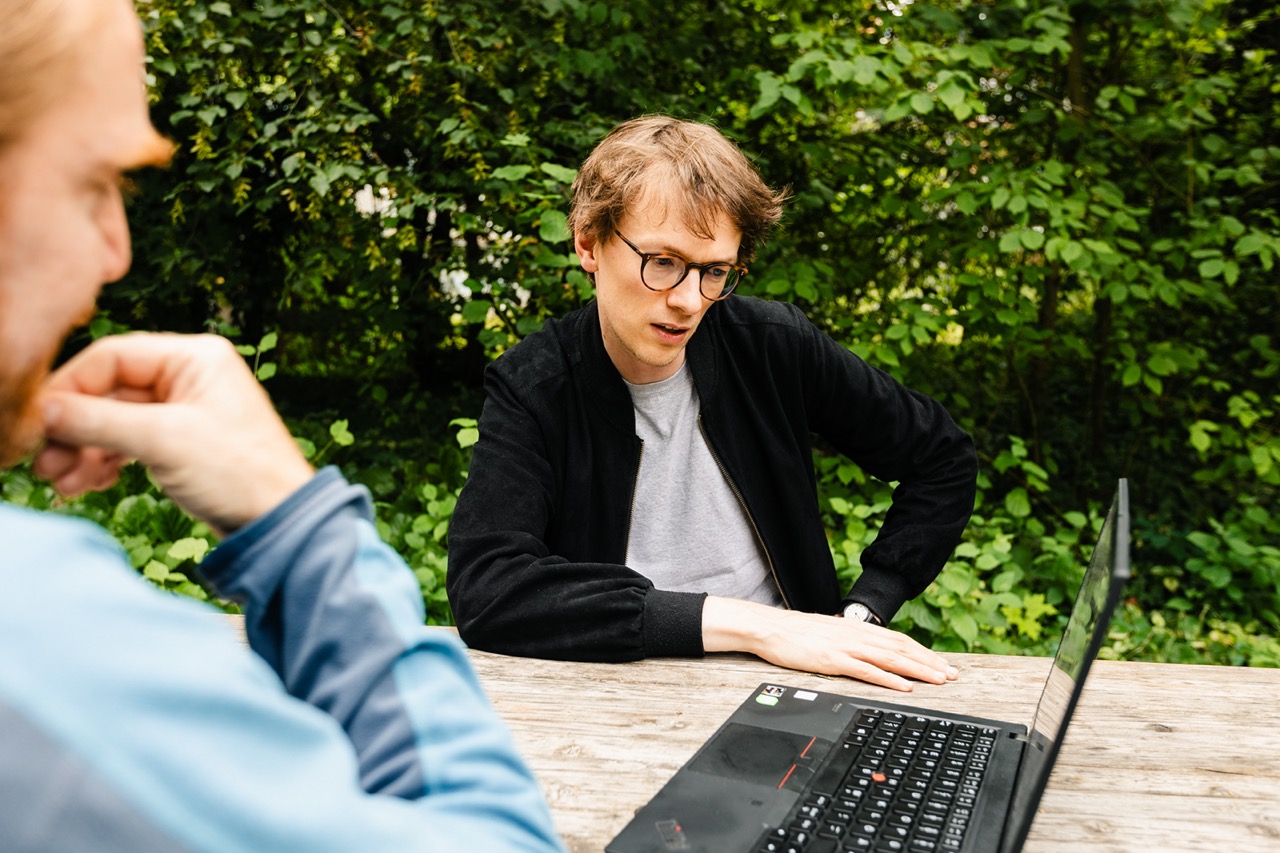
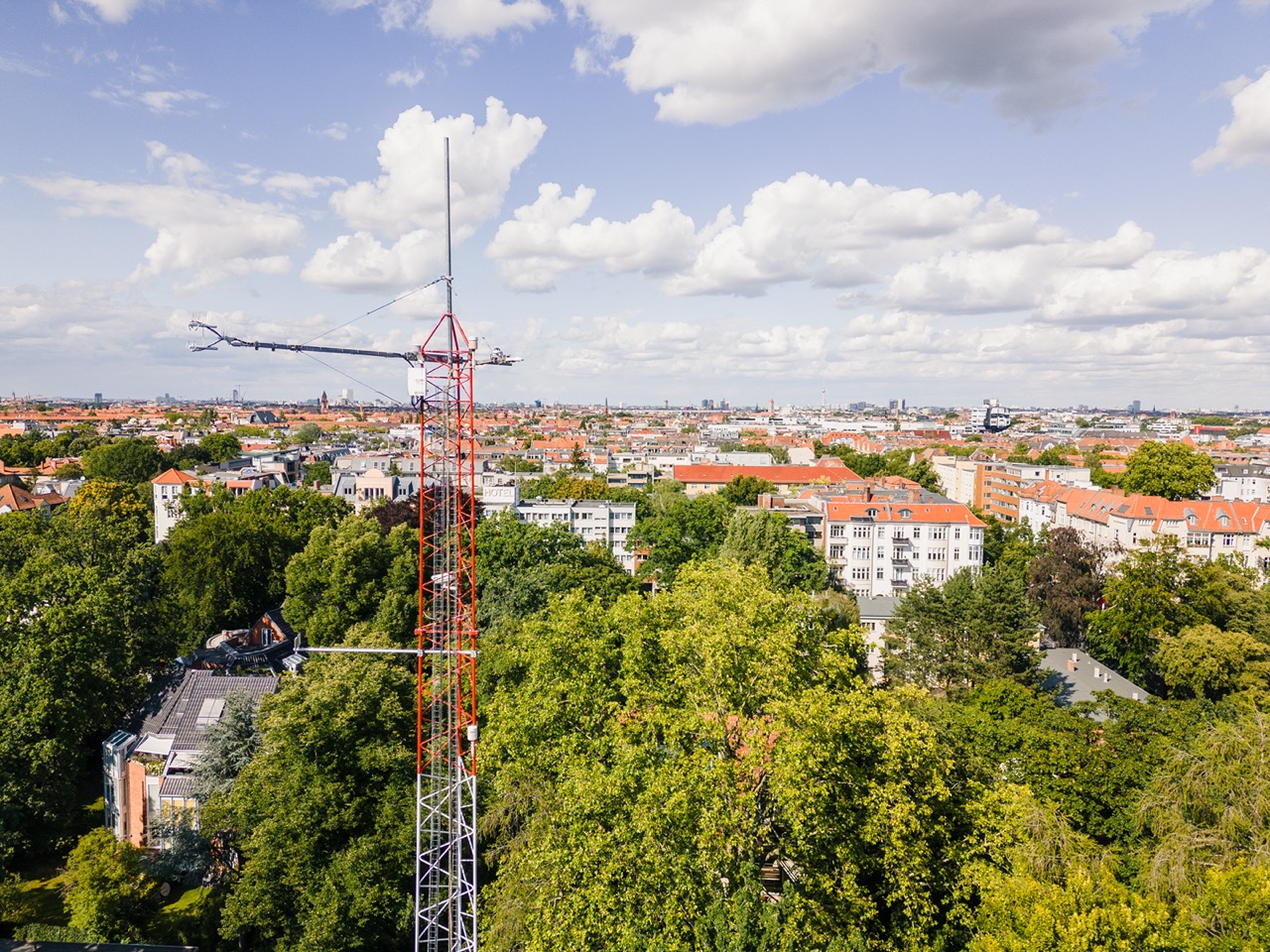
For emission reduction efforts, cities and scientists alike are curious about the source of emissions. Identifying whether emissions stem from traffic or industrial activities allows decision-makers to specifically target these sources when working towards emission reduction in urban areas. At Berlin Rothenburgstrasse, the source areas of the emissions are tracked with models.
“Depending on the meteorological conditions and the wind direction, and the stability of the atmosphere, we can simulate where the source area may be”, Achim says.
Trees are important for reaching climate neutrality
Berlin is known for its urban trees which spread out on the city streets offering calming greenery and cooling shade in the summer. At least 30% of the city in Berlin today is public green space, and the city considers the more than 433,000 street trees to be a characteristic feature of its cityscape.
During the winter, the emissions from buildings contribute significantly to the strong seasonal variability of CO2 measured at Rothenburgstrasse. In the summer, on the other hand, the trees are able to take up so much carbon that they can balance the emissions from the traffic during the summer months.
“Another reason for variation is the beat of human activities. Because of traffic, we see higher emissions during the weekdays and lower emissions during the weekends and vacation periods”, Fred describes.
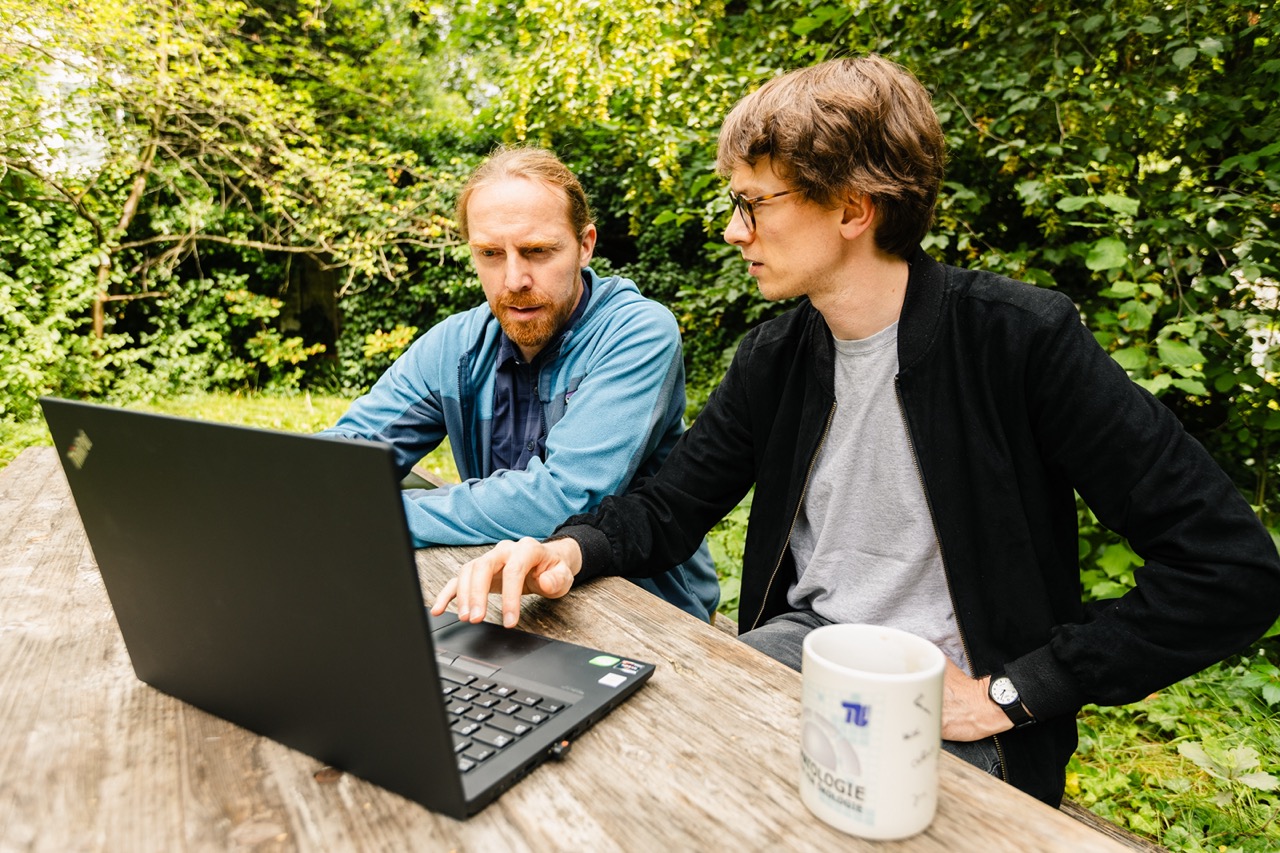
The urban trees in Berlin don’t only contribute to the charm of the city: their ability to take up carbon from the atmosphere makes them important for the fight against climate change.
“Especially urban trees play an important role in climate change mitigation”, Fred says. “We have space for trees in the city, and especially mature trees with good vitality are important for reaching climate neutrality in cities.”
Urban greenhouse gas monitoring important to reach climate targets
The main sources of emissions in Berlin, a city of close to 4 million people, are heating from buildings and traffic. Heating in Germany is done mostly using fossil fuels, though along with the rest of Europe, the country is trying to reduce the use of fossil fuels. The city of Berlin has set a goal to reduce CO2 emissions by 70 per cent by 2030 compared to 1990.
“The measurement of greenhouse gases in cities is important so that we can monitor whether certain policy measures to reduce emissions are effective. Measurements can also provide an independent method to estimate the emissions to support the inventory approach, which is usually applied”, Achim describes.
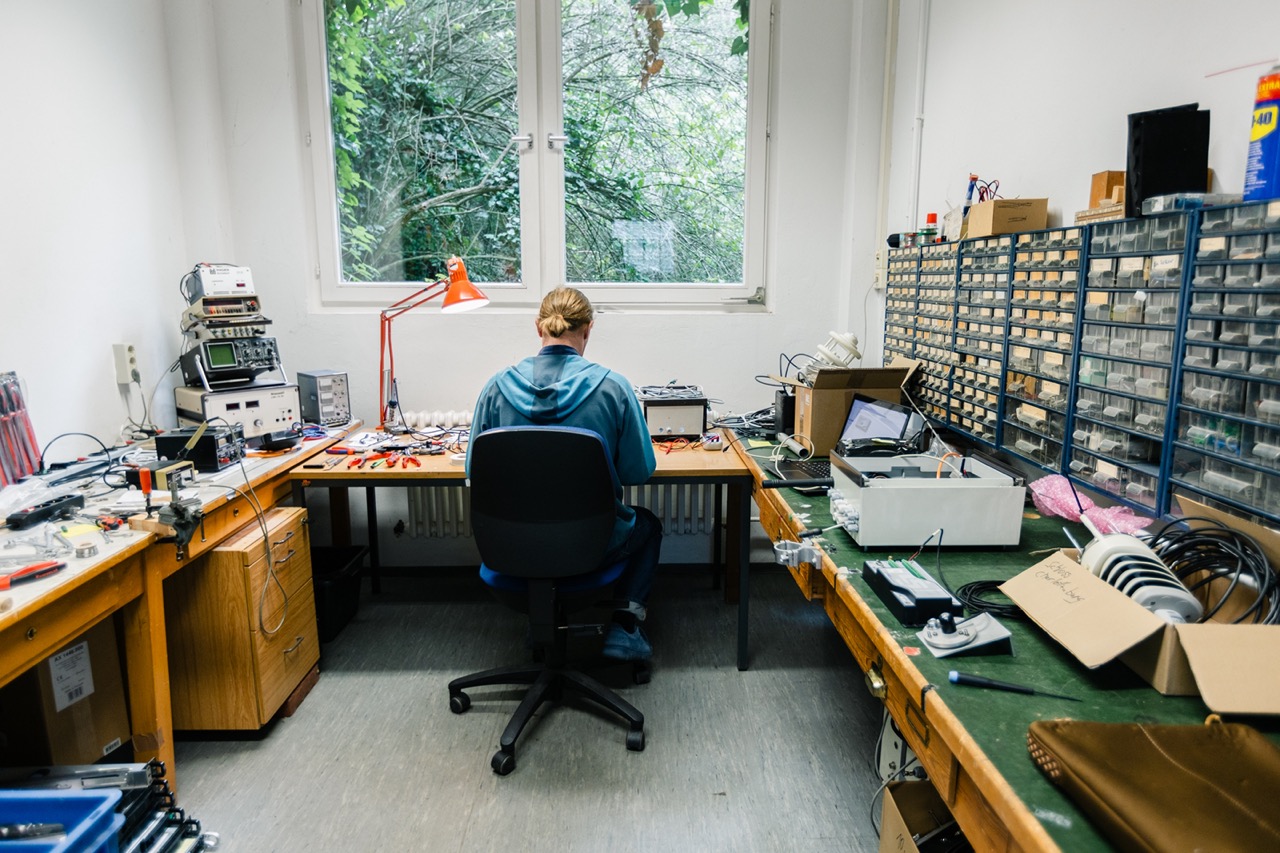
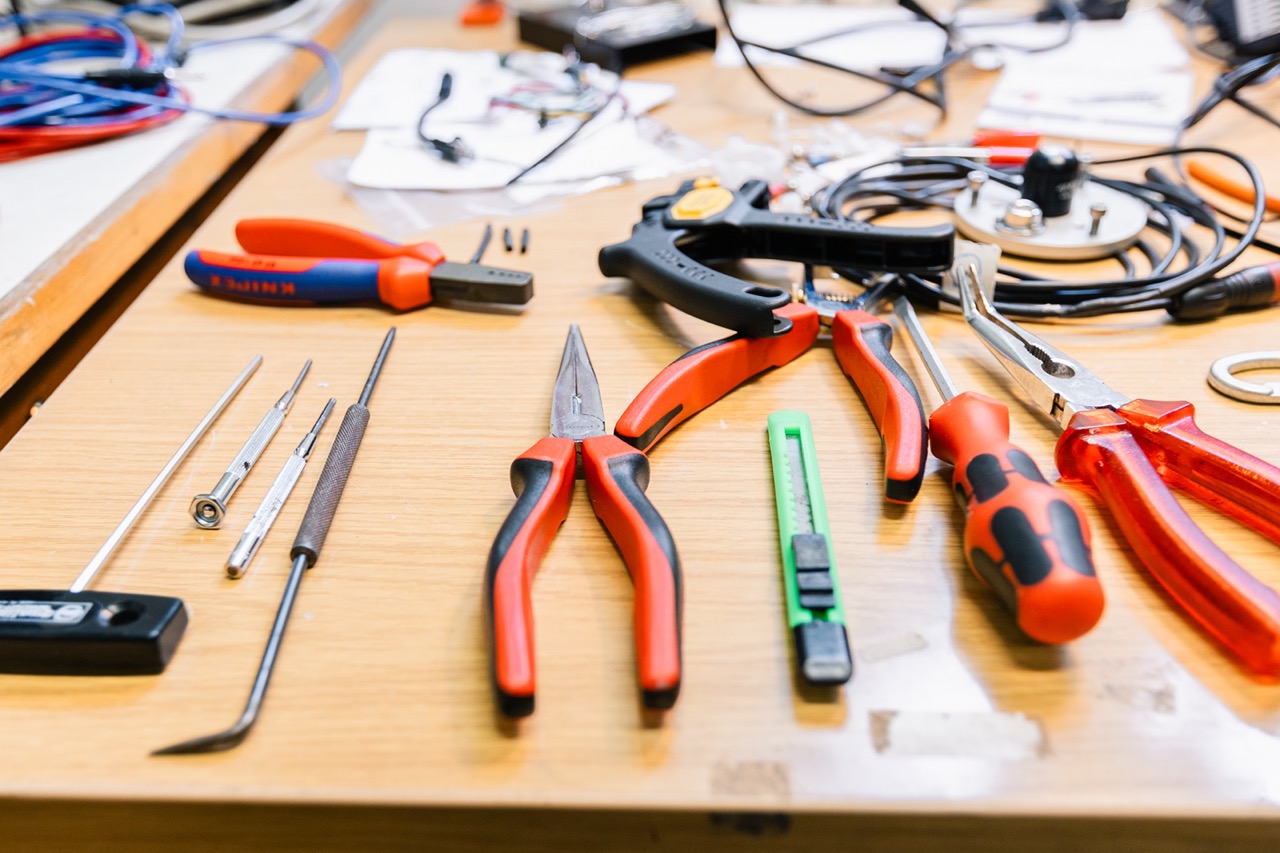
Together with another flux tower in the city, the Berlin Rothenburgstrasse contributes to a better understanding of the greenhouse gases in Berlin. The two Berlin stations worked together during the COVID-19 lockdowns to compare CO2 fluxes in different European cities. The study showed interesting differences within the city.
“Here at Berlin Rothenburgstrasse we had an emission reduction of 17%, but at the other site in Berlin where there are more traffic emissions, we observed reductions up to 40 or more per cent. That study showed that if we can change mobility patterns, such as offering public transport or other forms of mobility, we can effectively reduce the carbon emissions in cities”, Fred says. Urban greenhouse measurements are further developed in the ICOS Cities project, which is designing tools and services for supporting cities to reach their climate action plans.
The feeling of being part of something bigger makes the job meaningful for the scientists at the Berlin Rothenburgstrasse station.
“I think climate change mitigation is a very important topic, and I’m really glad to be working in a field where I can contribute a little bit to the understanding of climate change and its mitigation”, Achim says.
“The best part about my job is being able to provide long-term and high-quality greenhouse gas data”, the station PI Fred says. “And also the research itself – every day can bring a new research question.”
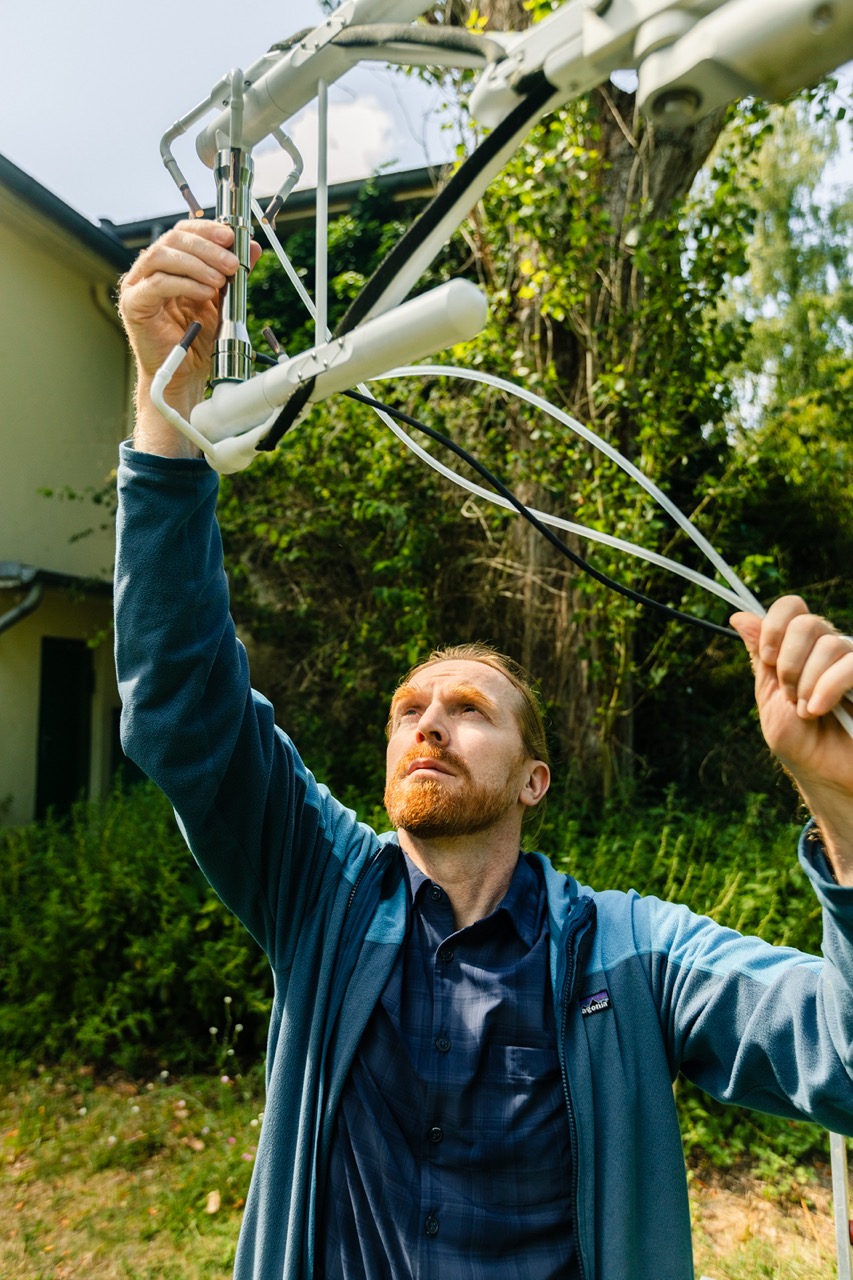
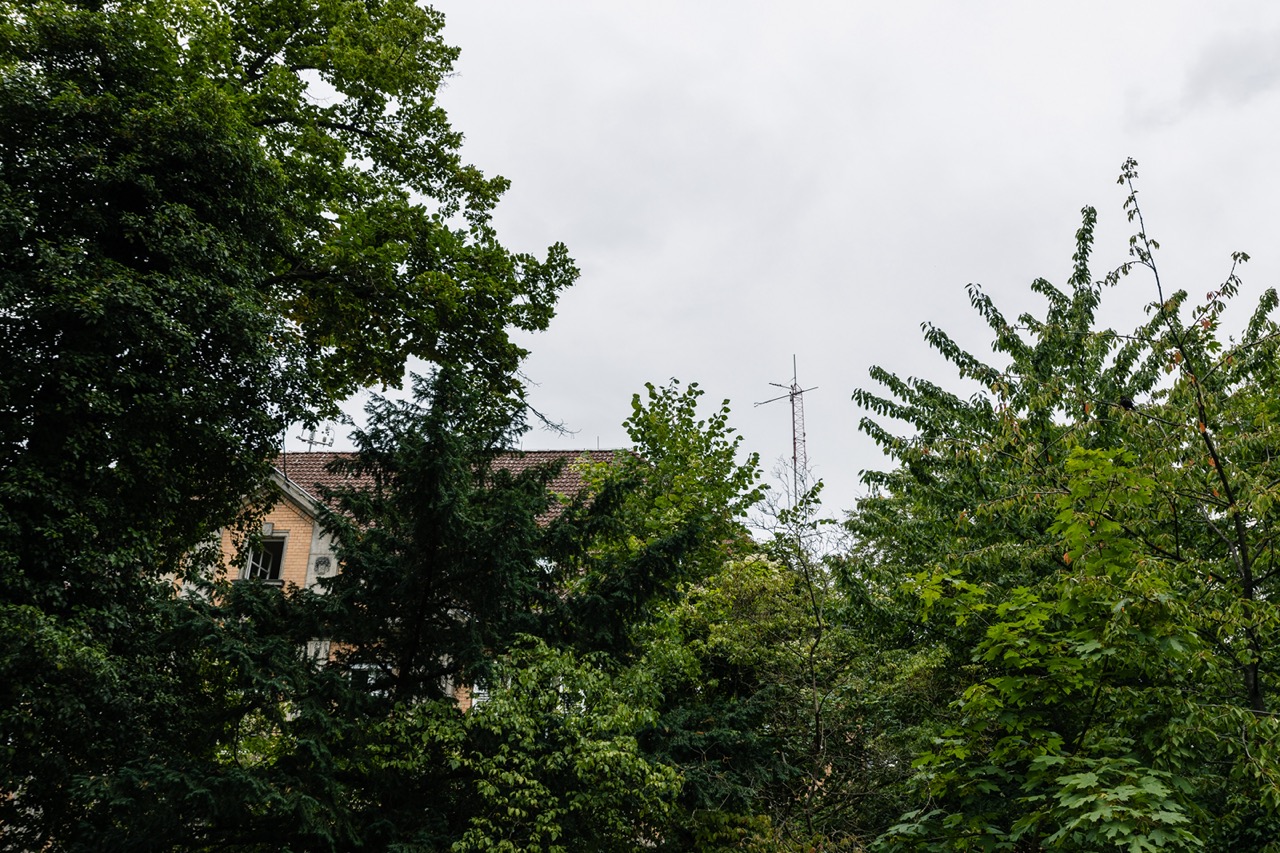
Pictures by Pekka Pelkonen